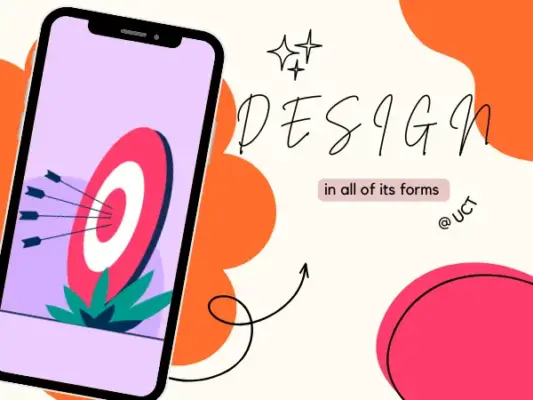
Design is a broad and multifaceted discipline that impacts various aspects of our lives. It’s not just about aesthetics but also about functionality, usability, and solving problems creatively. Here’s a breakdown of what DESIGN stands for in different contexts:
D – Definition
Definition in design refers to establishing clear objectives and requirements for a project. It involves understanding the purpose, audience, and constraints to create a foundation for effective design solutions.
Key Activities:
– Identifying the problem or need
– Understanding user requirements and goals
– Setting project objectives and scope
E – Exploration
Exploration involves brainstorming and researching various design solutions and ideas. It’s about experimenting with different approaches and concepts to find the best fit for the project.
Key Activities:
– Generating multiple design concepts and ideas
– Conducting research and gathering inspiration
– Exploring various materials, techniques, and styles
S – Strategy
Strategy in design refers to planning and outlining how the design will achieve its goals. It involves creating a roadmap for implementation and ensuring that design decisions align with project objectives.
Key Activities:
– Developing a design plan and timeline
– Identifying key milestones and deliverables
– Aligning design decisions with business or project goals
I – Implementation
Implementation is the process of bringing the design to life. It involves creating and refining the design according to the established plan and ensuring that it meets the desired specifications and quality standards.
Key Activities:
– Producing final design assets and prototypes
– Collaborating with developers, manufacturers, or other stakeholders
– Testing and refining the design based on feedback
G – Growth
Growth in design refers to the evolution and adaptation of design solutions over time. It involves iterating on designs based on user feedback and changing needs to ensure continued relevance and effectiveness.
Key Activities:
– Collecting user feedback and performance data
– Making iterative improvements and updates
– Exploring new trends and technologies for ongoing innovation
N – Navigation
Navigation in design is about creating intuitive and user-friendly paths for interaction. It’s crucial for guiding users through products, websites, or spaces in a way that enhances their experience and achieves the design’s objectives.
Key Activities:
– Designing clear and accessible navigation systems
– Ensuring ease of use and logical flow
– Testing navigation elements with real users
D – Details
Details are the finer elements of design that contribute to its overall quality and effectiveness. Attention to detail ensures that every aspect of the design works harmoniously and enhances the user experience.
Key Activities:
– Focusing on visual and functional details
– Ensuring consistency and precision in design elements
– Addressing minor issues to improve overall design quality
Conclusion
Design encompasses a wide range of disciplines and activities, each contributing to the creation of functional and aesthetically pleasing solutions. By focusing on Definition, Exploration, Strategy, Implementation, Growth, Navigation, and Details, designers can effectively tackle challenges and create impactful, user-centered designs. Whether in graphic design, product design, web design, or any other field, these principles guide the process from initial concept to final execution and beyond.